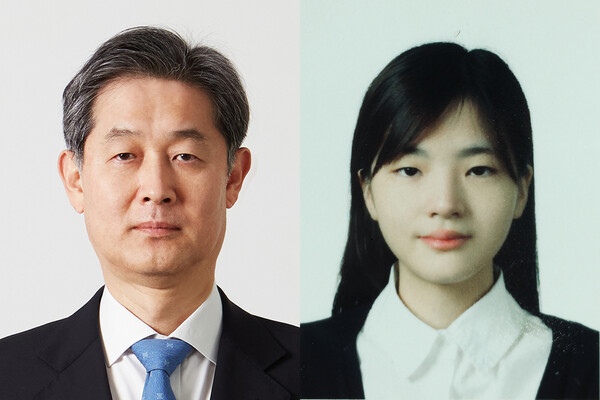
Korean medical researchers are attracting attention by capturing microscopic brain tissue changes in pre-schizophrenia and early schizophrenia patients through texture analysis.
Medical experts expected it to open up the possibility of early diagnosis of schizophrenia through fine changes in brain tissue that cannot be identified through general brain imaging analysis.
Seoul National University Hospital (SNUH) said Friday that a research team, led by Professor Kwon Jun-soo and Moon Sun-young has suggested such a possibility after applying texture analysis of brain magnetic resonance imaging (MRI) to patients with early-onset schizophrenia for the first time and analyzing their brain tissue.
Schizophrenia, formerly known as split personality, is a severe mental illness characterized by symptoms, including delusions, hallucinations, disorganized speech and behavior, and social dysfunction. At the onset, various brain tissue changes are found, including a reduction in gray matter. Early detection and treatment in the first four to five years after onset are crucial, as cognitive function can decline over time. However, little is known about the brain changes that occur in the early stages of schizophrenia.
The researchers conducted a texture analysis of brain regions associated with schizophrenia based on MRI images of 101 patients with first-episode psychosis -- 85 patients with high-risk psychosis and 147 in the control group to investigate the association between gray matter volume and thickness and texture characteristics.
Texture analysis is a technique that analyzes the texture characteristics of small three-dimensional units (voxels) in MRI images by examining the interrelationships of neighboring units. It can detect minute changes in brain tissue that would otherwise be difficult to detect based on volume changes or signal intensity.
The analysis showed that the first-episode psychosis group showed a significant decrease in gray matter volume and thickness in brain regions, including the frontal lobe, compared to the control group. In contrast, no gray matter volume or thickness changes were found in those at high risk for psychosis.
However, the IMC1 texture index, which reflects the complexity and interdependence of gray matter, was significantly increased in the frontal regions of the high-risk group compared to the control and first-episode psychosis groups.
The IMC1 index increases in value as the complexity of localized regions of brain tissue increases, and the degree of interdependence between regions decreases. In particular, in the high-risk group for psychosis, the frontal IMC1 index was negatively correlated with the severity of positive symptoms. As the complexity of frontal gray matter regions increased, the severity of positive symptoms decreased.
These findings suggest the possibility of "cortical reorganization," a type of neuroplasticity (the brain's ability to change its neural structure and circuitry in response to the environment and context), during the high-risk phase of psychosis, according to the researchers.
The team emphasized that even if there are no changes in the volume and thickness of gray matter in high-risk individuals for psychosis, the highly sensitive "texture analysis" may be able to detect subtle gray matter changes associated with schizophrenia symptoms for early treatment.
"This study provides a new tool to more sensitively identify subtle changes in the brains of patients with early psychosis," Professor Moon said.
Professor Kwon said, "A better understanding of the early brain structural changes that occur in early psychosis, including those at high risk for psychosis, may lead to more effective methods for early diagnosis and treatment."
Texture analysis is expected to help prevent the transition to psychosis at an early stage, especially among those at high risk for psychosis, he added.

